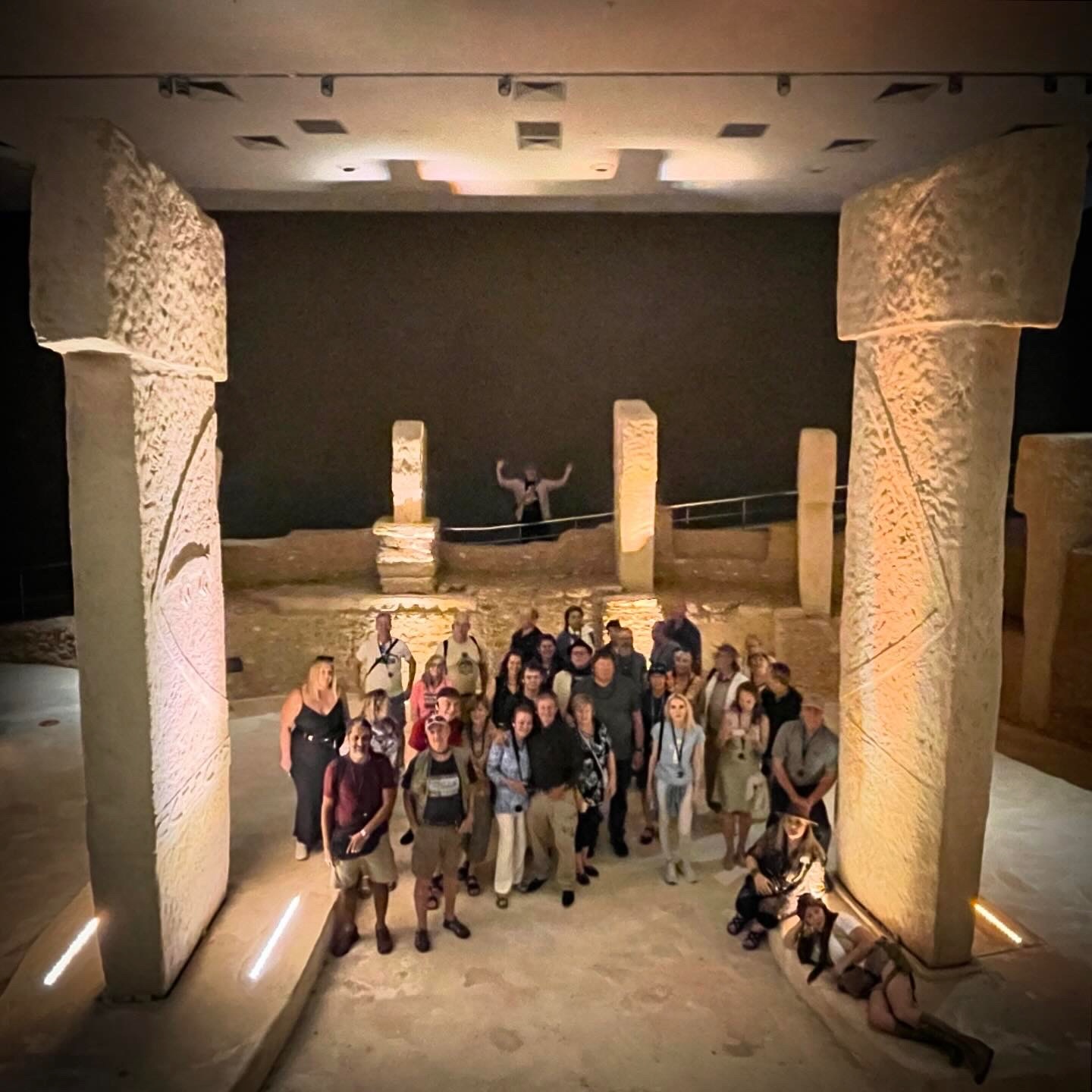Introduction
Göbekli Tepe, often referred to as the world’s oldest temple, has captured the imagination of archaeologists and historians alike. Located on the border between Turkey and Syria, this ancient site boasts massive stone pillars, some weighing several tons and reaching heights of nearly 7 meters. Recent radiocarbon analysis dates these structures back at least 11,000 years, challenging our understanding of prehistoric societies and their capabilities.

A Nameless Civilization
The civilization responsible for the construction of Göbekli Tepe remains largely unnamed, with their existence only recently brought to light through archaeological discoveries. Unlike other ancient cultures, evidence suggests they did not engage in agriculture or animal husbandry. The seeds found at the site are wild rather than cultivated, and animal remains indicate feasting on game rather than domesticated animals. This lack of agricultural practice raises questions about how these people sustained themselves while undertaking such monumental projects.

Climate and Construction
Interestingly, the stylized statues adorning Göbekli Tepe’s stone circles wear loincloths, suggesting a temperate climate during the time of construction. This implies that the site’s origins could be much older than currently thought—possibly by thousands of years. The absence of burial sites, deities, and sufficient water sources at Göbekli Tepe challenges traditional notions of what constitutes a settlement, prompting further inquiry into its purpose.

A Memorial to Catastrophe?
The intricate carvings on the site, including engravings of “snakes” descending from above, hint at a deeper significance. Some researchers propose that Göbekli Tepe serves as a memorial commemorating a catastrophic event approximately 12,000 years ago, when a series of asteroids or comets bombarded Earth, leading to widespread devastation across multiple continents. This event may have inspired the site’s construction as a means to memorialize the destruction wrought by “fiery serpents.”
Social and Cultural Implications
Göbekli Tepe challenges the widely held belief that advanced architectural projects could only arise within agrarian societies. Its discovery has led scholars to reconsider the timeline for the emergence of complex societies, suggesting that monumental architecture and communal gatherings began far earlier than previously believed. The scale and sophistication of Göbekli Tepe imply a high level of social organization among hunter-gatherer communities, indicating that they were capable of collective efforts for social and ritualistic purposes.
The Quest for Answers
Despite the insights gained from Göbekli Tepe, many questions remain unanswered. If this site serves as a testament to the cataclysm that occurred around 12,800 years ago, where are the cities of its builders? What customs and traditions did they uphold? Moreover, from where did they originate? The lack of definitive answers adds to the intrigue surrounding Göbekli Tepe and its builders.
Conclusion
Göbekli Tepe stands as a monumental testament to the capabilities of a civilization that remains largely shrouded in mystery. Its existence forces us to reevaluate our understanding of human history, particularly the timeline of social development and the complexities of early human societies. As excavations continue and new research emerges, the story of Göbekli Tepe may one day reveal the secrets of its ancient engineers and their profound connection to a world forever changed by cataclysm.

